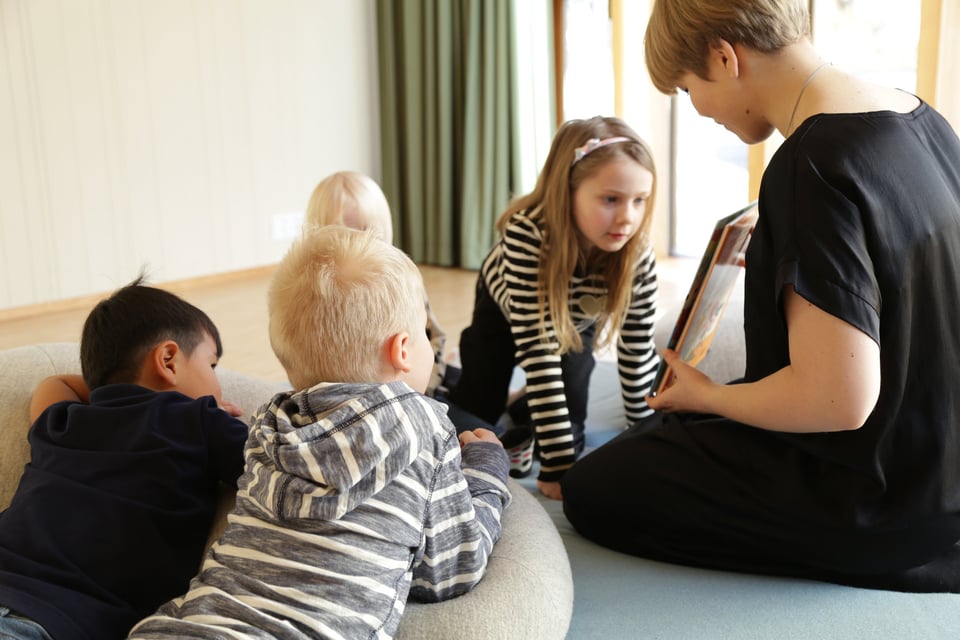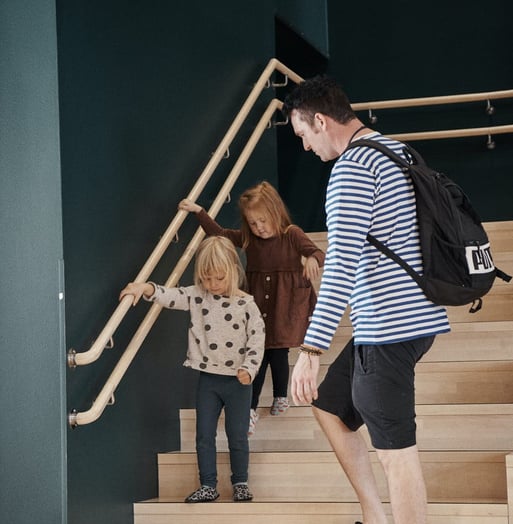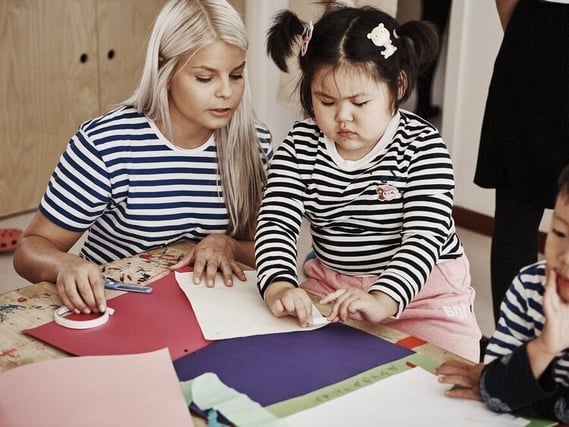How to address stigmas about special needs in ECE

According to a recent UNICEF report, there are nearly 240 million children around the world with disabilities, and children with special needs are subject to more discrimination because of their differences. Compared to their counterparts without disabilities, they are 41% more likely to be discriminated against and 51% more likely to feel unhappy. They are also 25% less likely to attend early childhood education and 49% more likely to have never attended school.
In Finland, the education system is geared toward inclusion and only children with the most severe special needs have separate classrooms or schools. While a fully inclusive classroom is not a possibility for educators everywhere, approaching special needs with an open mind leads to better outcomes. Indeed, research shows that teachers with a positive attitude toward inclusion have greater success at adapting to the needs of all students in their classroom. As educators, we have the opportunity to address and alleviate the stigmas surrounding special needs through our words and actions when we come across them in our daily working life. We offer several examples of how to do so below.

Be aware of your own biases
The first step in addressing stigmas about special needs is to examine your own thoughts and biases. What do you know about special needs and inclusion? What are the attitudes and perceptions about them in your culture? Did your teacher training address these topics? How often do you encounter people with special needs and how do you perceive them?
It is important to reflect on such questions and determine where you stand on these issues because what you think about special needs inevitably surfaces in your interaction with children who have them. For example, if you assume that a child with ADD will not listen, you might treat them differently than you would a child without ADD. Children are perceptive, so if you discriminate against a child or treat them differently than their peers, chances are they will notice. They might also start to think differently about themselves because of your behavior, and they might even change the way they act to meet your expectations. Therefore, it is important to be aware of your biases and approach children with special needs with an open mind.
One way to achieve such receptiveness is to simply observe a child with special needs and see how they behave. Notice how they perceive themself around you and their peers. Do they see themself as different? Are they proud of their differences or do they try to blend in? Whatever their approach, try to take that perspective when you interact with them and encourage them to take pride in their own abilities.
Keep in mind that you also serve as a powerful role model for those around you. Your attitude toward children with special needs also provides an example for how other children in the group should meet and treat them. They will learn to see such differences in a positive light and be accepting of others regardless of their needs if you act that way too.
Use children’s strengths in your teaching
Another way to address stigmas in special needs is to take a holistic approach to each child and recognize their individuality. Just like adults, all children have strengths and weaknesses, regardless of their needs. When it comes to children with special needs, it can be all too easy to focus on their challenges and ignore their strengths, thereby labeling them as different.
Instead, you should make an effort to emphasize their strengths in your interactions and activity plans for them. Not only will it help them build self-confidence, it will also make them feel like an empowered member of the learning community. For example, if you notice that a child actively participates in group settings, give them many opportunities to play in groups. You should also praise them for their effort because such positive feedback helps them perform better.
Besides that, your actions will inform how other children in the group perceive a child who has special needs. When you praise a child for their strengths in front of other children, they will start to see them too. You can also let children with special needs use their skills to teach other children. For example, if the child is very good at paying attention to details, encourage them to point out details to their classmates. Or if a child is very empathic, they can exemplify how to be a caring friend for others.

Proactively address parents’ concerns
One of the most obvious recipients of your efforts are the parents of the children you teach. If you notice that a child needs special attention and support and your colleagues have observed the same phenomenon, you should bring it up with that child’s parents. However, depending on the culture and context, some parents might be resistant to having their child diagnosed or identified as having special needs. Therefore, a discussion of this nature needs to be approached carefully.
Here are some tips and things to keep in mind:
- People have different experiences and biases about what is good for a child - some parents might not want inclusion. You should be ready to discuss the approach your learning center takes in the event that it does not align with parents’ expectations.
- The child is a multidimensional person. Make sure you discuss their strengths and other aspects of learning besides special needs with their parents, both in these conversations and in everyday interactions.
- Carefully describe what you will do to address the child’s special needs. Provide some examples of their learning goals and step-by-step plans to achieve those goals.
- Present the child’s needs as something you want to support and provide tools to cope with, not as something that is wrong or causing you trouble.
- Show that you care! Framing the conversation as an act of goodwill and concern for the child will help the parents be more open-minded to what you have to say.
In situations like these, it is also helpful to bring in another teacher or assistant who works closely with the child. You can discuss it as a group and make a plan of action together with the family. If possible, bring in a specialist as well. They can answer any questions or concerns the family might have and start developing a relationship with the family if they will be working closely with the child too.
You can even destigmatize a conversation like this by scheduling such one-on-one discussions with every child’s guardians, regardless of their needs, at least once a year. This is a typical practice in Finland because educators learn more about the child’s strengths, challenges and interests. They work together with the family to create a personalized learning plan because they know that every child is unique and has certain needs for support.
The most important way to address stigmas is to treat every child first and foremost as a child. Every young person wants and deserves to be treated with kindness and respect. The way you act serves as a powerful example to everyone in your life, and it is the best way to alleviate stigmas around special needs.
Want to learn more about how HEI Schools addresses special needs?






